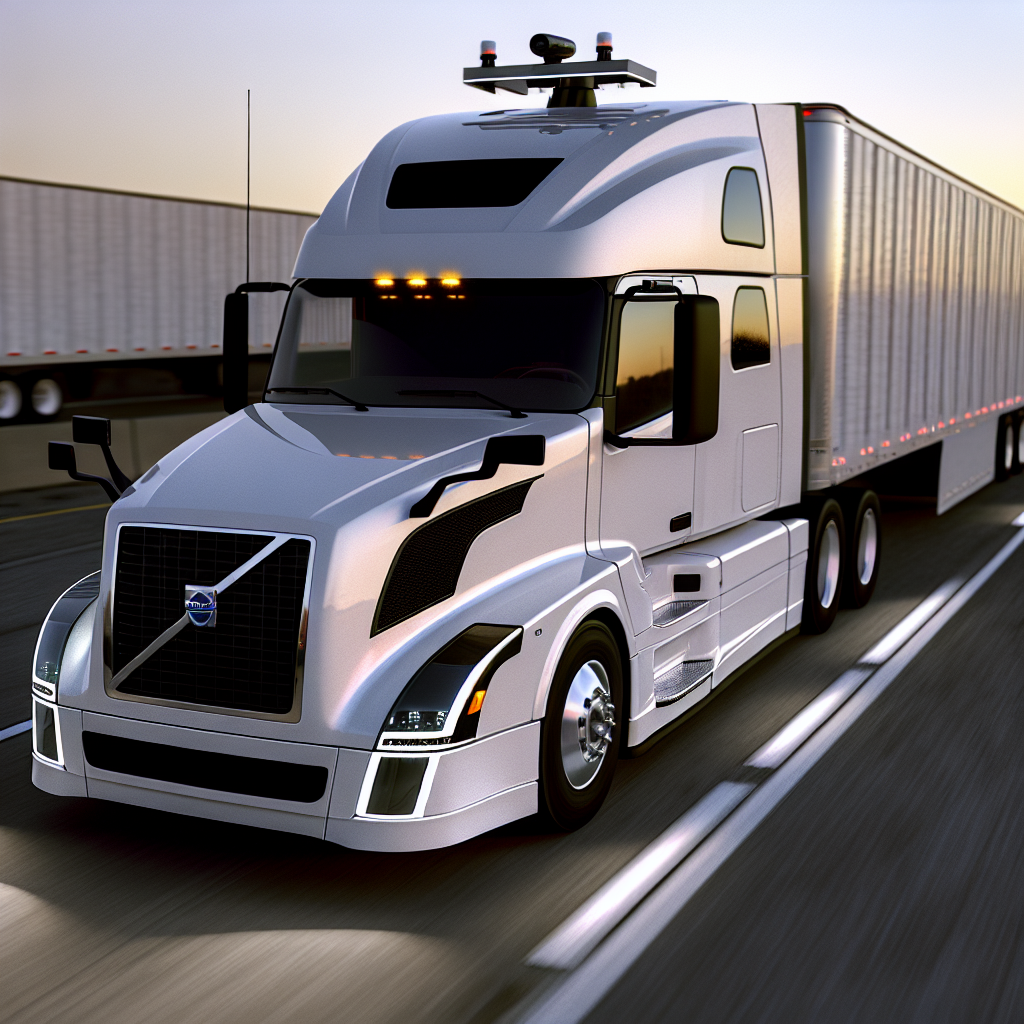Waabi has taken a key step from promising pilot to production intent by integrating its AI “Waabi Driver” directly into Volvo Autonomous Solutions’ purpose-built Volvo VNL Autonomous platform. Moving beyond retrofits to OEM-level integration matters: it puts the software brain on a truck engineered for redundancy from the frame up, and it channels service, parts and quality control through Volvo’s existing manufacturing and support infrastructure. For fleets, that combination shortens the path from trial loads to sustained operations because the truck, sensors and compute arrive as one validated system instead of a one-off upfit.
Factory integration also tightens the safety story. The VNL Autonomous is designed with redundant braking, steering, power and compute pathways; pairing that with a single, end-to-end AI driver reduces the number of handoffs between subsystems that can complicate validation. In practical terms, that’s what risk managers want to see before they greenlight larger deployments — a consistent build spec rolling off a line and a software stack that can be versioned, serviced and audited like any other production component.
This shift comes as the autonomy supply chain is rapidly standardizing around higher-performance compute and tighter OEM partnerships. In the last 72 hours, major automakers and mobility players doubled down on Level 4 programs built on next‑gen NVIDIA platforms and deep manufacturing tie-ups — a signal that capacity, not just capability, is becoming the competitive edge. That momentum matters for trucking because it brings more predictable hardware road maps, longer support lifecycles and broader component availability for fleets evaluating multi-year autonomy strategies.
Geography is on Waabi and Volvo’s side, too. Texas remains the nation’s proving ground for autonomous operations, with robotaxi and freight pilots expanding route networks across the state’s freight corridors. As those services widen their footprints in and around Dallas–Houston and other lanes, the supporting ecosystem — terminals, maintenance know-how, roadside assistance and law-enforcement familiarity — matures in parallel. For long-haul carriers, each incremental expansion reduces the “unknowns” of running driver-out freight over the same highways.
For carriers deciding when to step in, here’s what changes with an integrated Waabi–Volvo platform: procurement and uptime look more like buying any other production tractor; software updates and field support ride existing OEM processes; and total cost of autonomy can be modeled over multi-year horizons rather than trial budgets. That doesn’t erase the work ahead — safety cases, shipper contracts, insurance frameworks — but it concentrates those efforts on scaling a standard build, not supporting a bespoke one.
The competitive takeaway for trucking is clear. As OEMs open their assembly lines to “virtual drivers,” the market is moving from technology bake-offs to operational execution. Fleets that pilot now on production-intent hardware will be first to translate autonomy’s theoretical utilization gains — more hours, more predictable ETAs, fewer empty miles — into contract language and P&L impact. With Waabi’s driver now living on a Volvo platform built for autonomy, the industry has one more credible avenue to turn those gains into repeatable freight.
Sources: FreightWaves, The Verge, Austin American-Statesman
This article was prepared exclusively for TruckStopInsider.com. Republishing is permitted only with proper credit and a link back to the original source.





